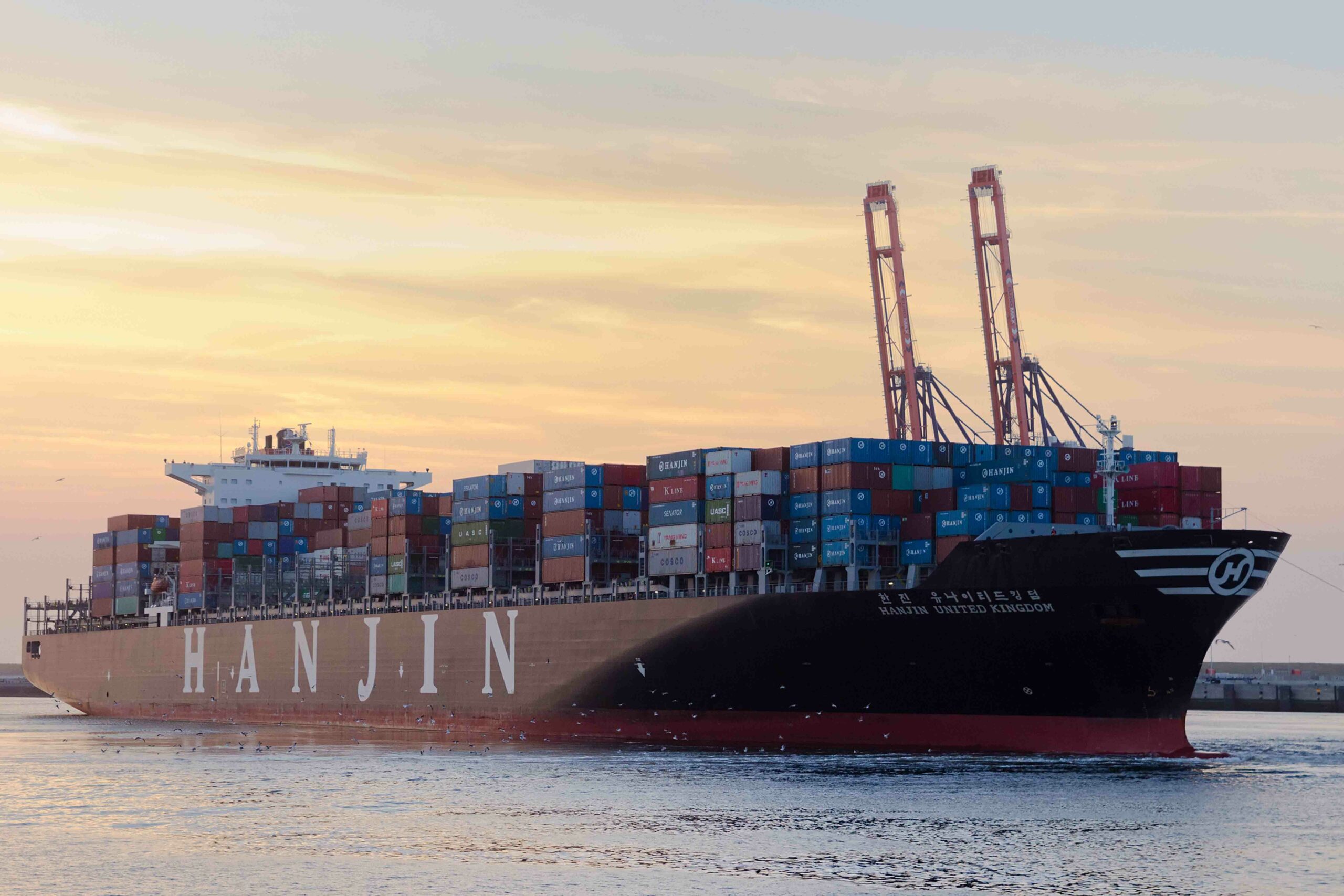Analysts at Copenhagen-based Sea-Intelligence have put the worsening liner congestion picture into greater context, pointing out that today’s global capacity removal thanks to vessel delays is slightly greater that the entire fleet of either Cosco or CMA CGM – or to rewind the container dial five years, equivalent to three and a half times the Hanjin bankruptcy.
Globally, the latest data for August shows 12.5% of capacity was effectively removed thanks to vessel delays. To put this into perspective, the Hanjin bankruptcy of 2016 removed 3.5% of global capacity for a short amount of time.
The Sea-Intelligence data in nominal terms means that in August 2021, a full 3.1m teu of nominal vessel capacity was absorbed due to delays. By way of comparison, Cosco, the world’s fourth largest carrier has a fleet of 2.96m teu, and CMA CGM, in third spot, has a fleet of 3.05m teu today.
Looking at transpacific, source of the most reported congestion all year, and a tradelane where more capacity has been pumped in than ever before, the cargo- carrying capacity on a roundtrip-basis measured in teu*days has actually declined to a level below -20% when looking at year-on-year and at -10% when looking at the annual average over the past two years, Sea-Intelligence data shows.
In terms of how long the global congestion issues might take to iron out, Sea-Intelligence suggested a realistic timeframe for reversal to full normality will stretch to at least the end of 2022.
Mr Sam Chambers
Photo: VanderWolf Images / Shutterstock.com


